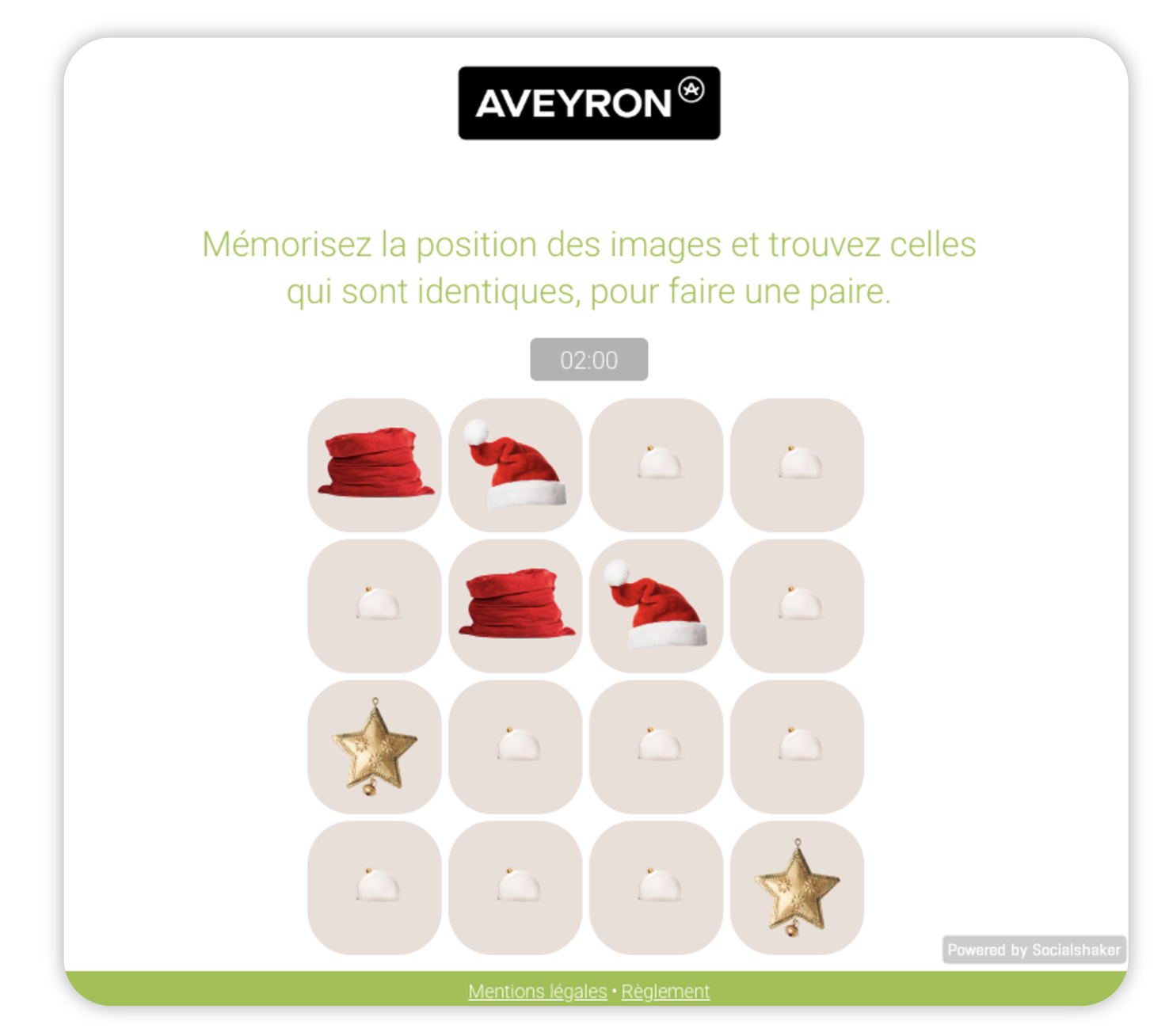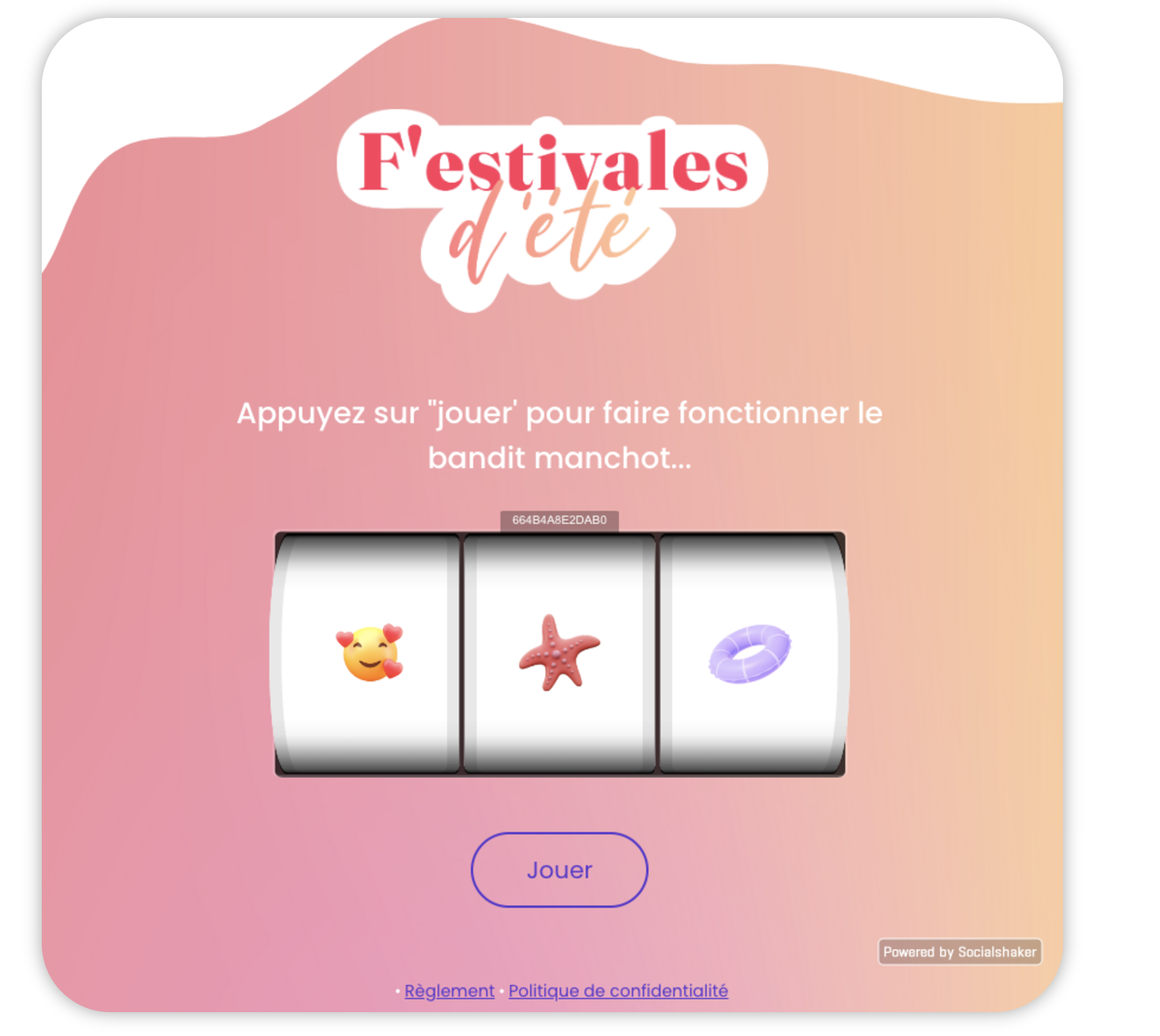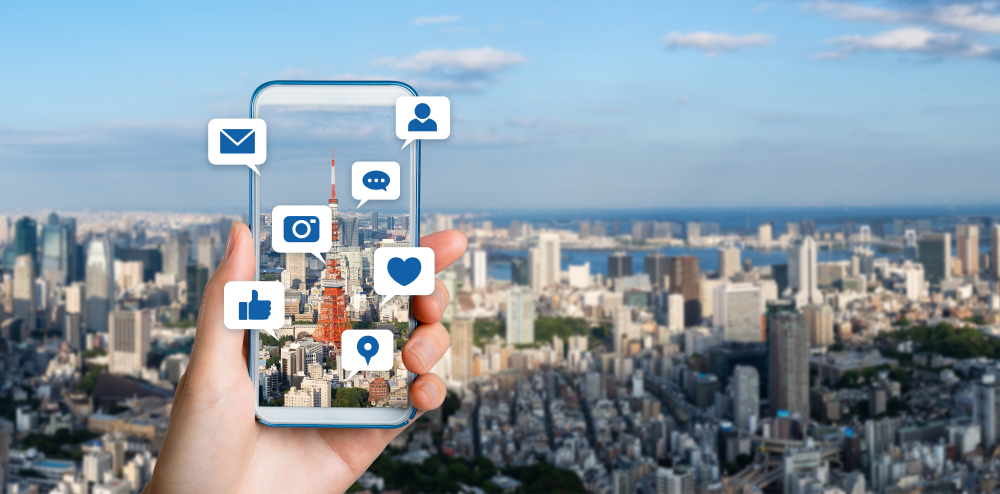Territorial marketing (or tourism marketing) is a sector that has undergone changes. The way we travel is changing, with a return to local tourism and the need to preserve destinations.
To remain competitive, the tourism industry needs to bounce back in the face of these changes and the opportunities that lie ahead. Marketing will enable them to promote their destinations and services. This is also a way to win travallers’ loyalty and remain profitable despite the seasonal nature of tourism.
In this article, we take a look at the relevance of gamification and the organisation of marketing competitions to boost regional tourism. This interactive format offers advantages to attract travellers. Using real-life examples, we’ll look at how tourism marketing can be used to get your business off the ground.
What is territorial marketing?
Territorial marketing refers to the communication strategies that can be put in place to promote a destination and the services associated with it.
The aim of a tourism strategy is to boost a destination’s appeal, making the travellers want to book stays and local experiences.
Regional marketing issues are specific to tourism. These include
- Seasonality: Interest in tourist varies with the seasons. Fluctuations linked to holidays, the climate, local events, must be taken into account.
- Intangibility. The experience is less tangible than the purchase of a traditional product or service. Customers can base their purchasing decision on immaterial elements (photos, videos, testimonials). What’s more, several weeks or months can pass between booking and departure. It is important for operators to maintain interest and help customers prepare their trip.
- The importance of recommendations. Because of this intangibility, recommendations from other travellers are essential in tourism. Feedback plays a key role in decision-making, and the attractiveness of a destination will be linked to its visibility.
- Competition. Territorial marketing is undergoing competition. Destinations have to compete to capture the attention of travellers. Especially as the target audiences are international, it’s important to position with global players while adapting to the expectations of each market.
Marketing competitions to boost territorial marketing
Gamification, the integration of playable mechanics into a brand’s communications, is an lever to the tourism industry. In fact, by using gamified marketing, companies can immerse travellers in their local area and make them want to explore it.
To inspire future marketing campaigns, here are 5 ideas for competitions aimed at the strategic objectives of the sector.
1. Discovering new destinations
Marketing games can be a way of introducing people to a new destination in a fun way. The whole point of gamification is to create an experience and maximise the time spent with the company thanks to a captivating mechanism.
Formats such as Memory, are a way of highlighting the destination’s characteristics (its specialities or points of interest). This is the strategy chosen by the Aveyron region to immerse tourists in the atmosphere of this destination around Christmas.

2. Enhancing our heritage
Competitions can be a way of highlighting the special characteristics of a region and promoting its heritage. The challenge here is to share all the reasons that encourage travellers to visit the site. The local office could share a Quiz where travellers can test their knowledge while learning about the locality (places to visit, specialities to taste, experiences not to be missed, etc.).
Depending on the audience, the organisation can share this Quiz :
- via a QR code to make waiting for visitors more pleasant (this is known as wait marketing)
- or online (on social networks to reach prospects or on the website to engage visitors).
3. Engage audiences and make them want to leave
Tourism marketing is about the travellers’ attention when they start planning their holiday. So there’s a need to animate your audience throughout the year so that your destination remains attractive.
A competition is a way of stimulating your community and attracting leads. It also encourages to take action by giving them the chance to win prizes (discounts on bookings, etc.).
The Hautes Viennes region has boosted the appeal of its destination in the run-up to the 2024 Games by sharing a one-armed bandit. These Instant prizes served as a reminder of the importance of visiting the region, but also to win discounts to make the most of your visit.

4. Building traveller loyalty (making them want to come back)
One of the key challenges of territorial marketing is to build customer loyalty. It’s easier to convince travellers who are familiar with the region and potentially have an interest in it. Competitions are a way of renewing interest, by showing that a Puzzle of the specific activities to each season.
Gamification can also boost a loyalty program (for a hotel group, as Marriott Bonvoy is doing). For each visit, visitors will be able to unlock a marketing game to have access to advantages (room upgrades, free services, etc.).
5. Collecting data and refining customer knowledge
Finally, competitions are a powerful tool for collecting data. The more information tourism operators have about their audience, the more they will be able to offer experiences and retarget travellers with offers.
Surveys are a way of collecting post-visit feedback and identify areas for improvement. Upstream of the customer journey, companies can share Psychoquiz to define the profiles of leads and make relevant recommendations.
Competitions are tools for players in the tourism sector. Boost your marketing strategy and create campaigns that will make your destination and your services more attractive! Socialshaker offers you a catalogue of engaging features that you can customise to immerse travellers in your world and make them want to book their next holiday!







